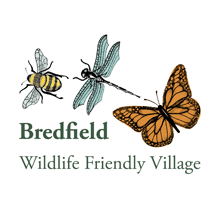In recent decades, Box (Buxus) has become a popular tree for garden hedges: widely available, relatively cheap, easy to trim and shape, and apparently carefree to grow. So popular did it become, it was imported by the ton from South Asia. However, accompanying the imported trees were the larvae of an admittedly attractive moth: the Box-tree Moth. Box hedges, already under siege from blight, now risk being eaten away by the voracious larva of this new invasive species. Not seen in the UK before 2007, the Box-tree Moth is now present in Bredfield gardens and beyond. If you have a nice Box Tree ornamental hedge now, you may not have it for much longer!
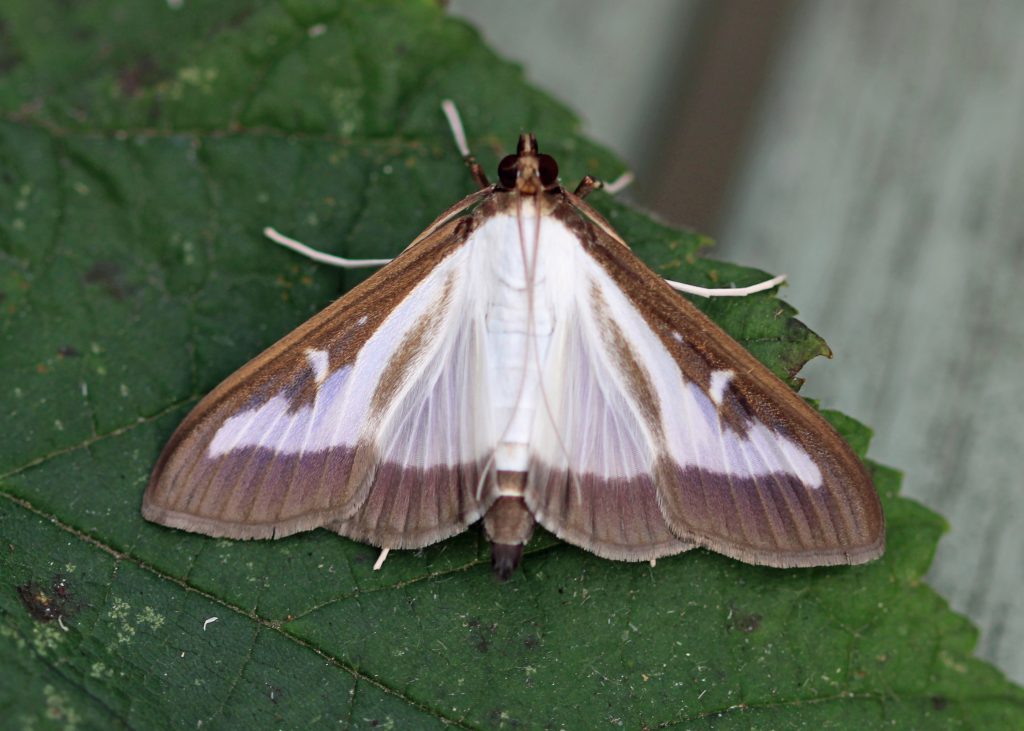
Box-tree Moth
What to do? Well, I’m afraid that the genie is out of the bottle now. Though the occurrence of the Box-tree Moth has been seized upon as a marketing opportunity for traps and sprays, chemical spraying is unlikely to be wholly effective and, as often is the case, it may cause more problems than it solves. Today, many responsible garden centres will advise against purchasing Box for hedging. The risk of being affected by blight or eaten by Box-tree Moth larvae is too great.
Garden hedges are great for wildlife, so you shouldn’t let the problems with Box lead you to abandoning hedges in favour of fences. Hedges provide food, shelter and highways for wildlife. If you’re aiming to have a wildlife-friendly garden, always think 3D and try to plant hedges (as well as, or incorporating, trees). There are a range of attractive and beneficial garden hedgerow plants. Leylandii isn’t recommended, but other good alternatives include: Beech, Pyracantha and those Christmas carol favourites the Holly and the Ivy. Even Privet, which may not immediately look like a particularly wildlife-friendly plant, has flowers that will be visited by bees and berries that will be eaten by birds. In contrast to these other hedges, Box is not attractive to wildlife; neither as a place of shelter, nor as a source of food – other than for the Box-tree moth!
Interestingly, many of these other types of hedges are also good for different species of moths, but not the type whose larvae will destroy your hedge: Privet is the food source for the Privet Hawk-moth; Beech is the food source for Barred Sallow; and the berries of Ivy will attract Angle Shades and several others
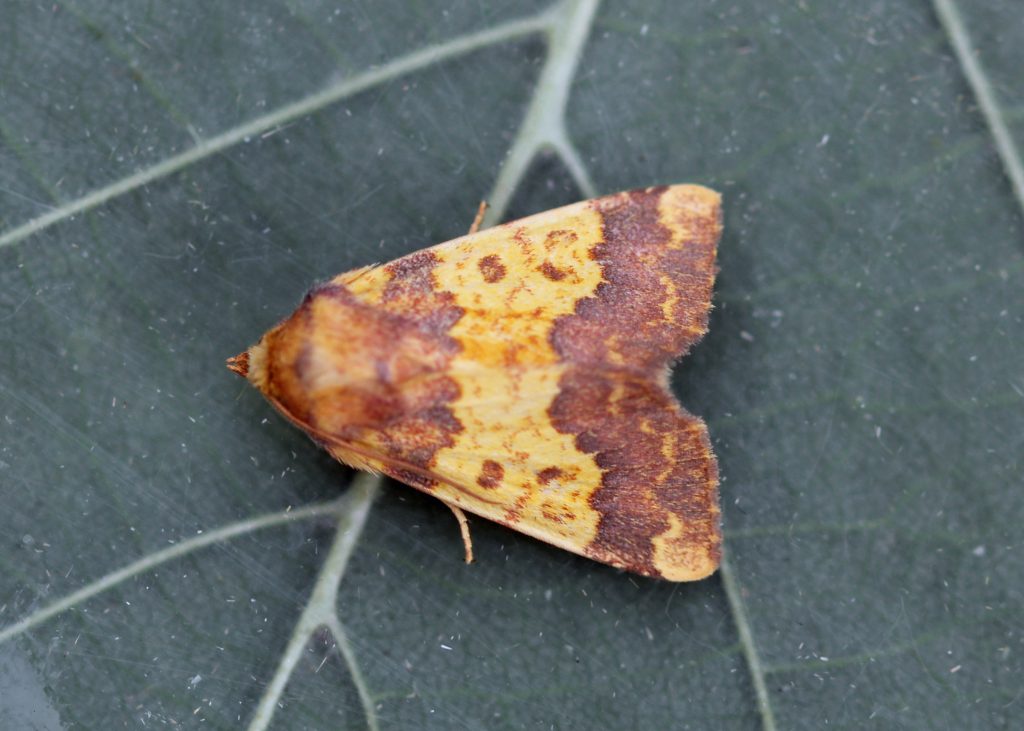
Barred Sallow 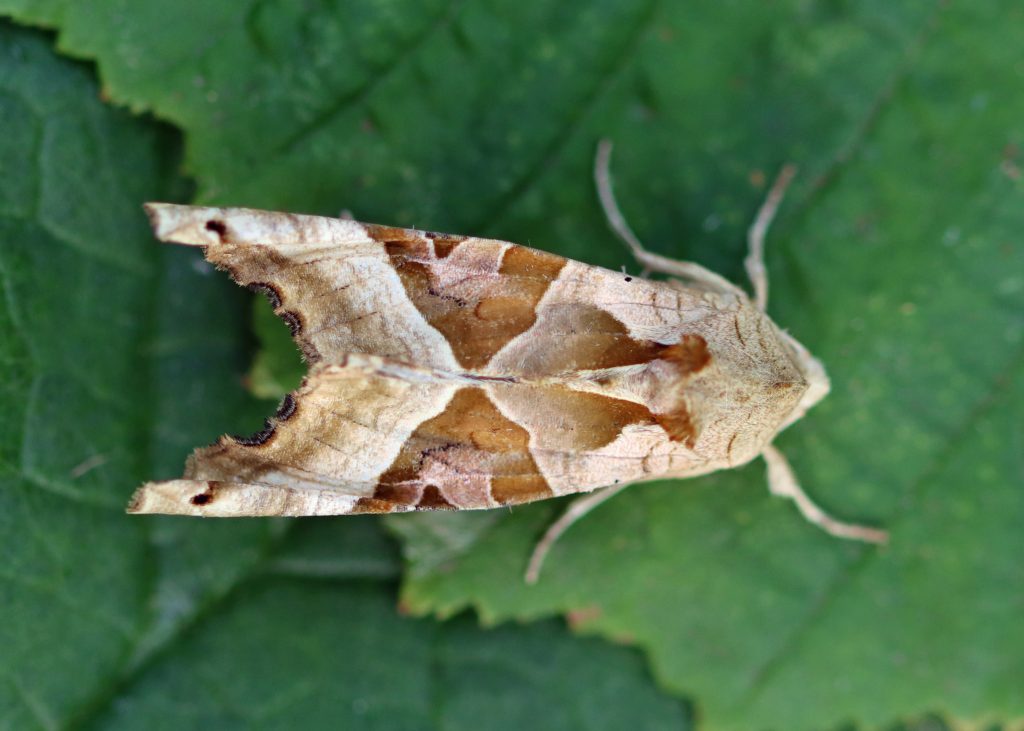
Angle Shades 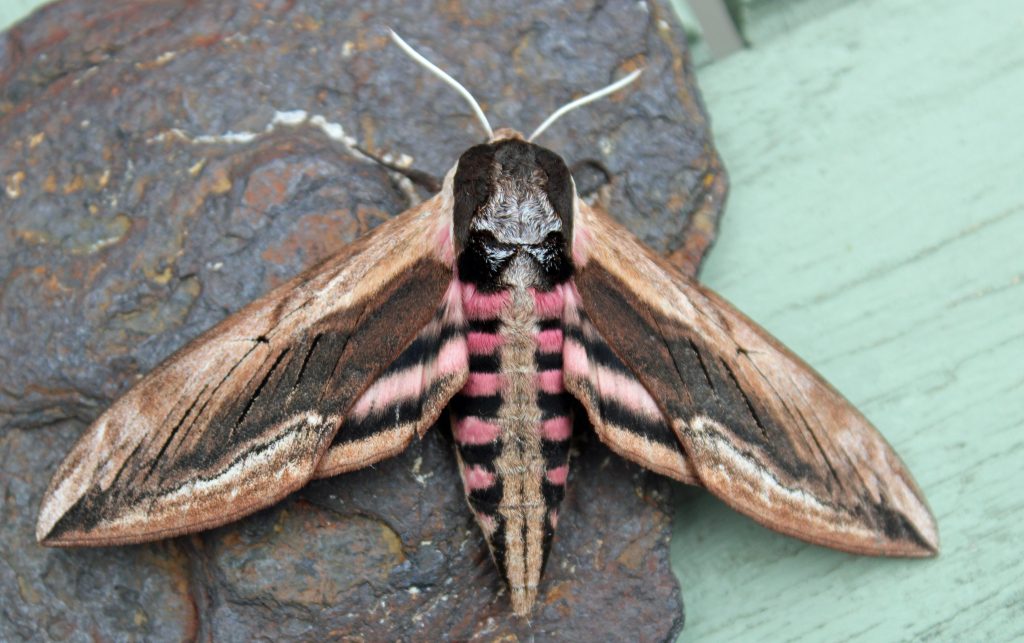
Privet Hawk-moth
Further Information
To find out more about garden hedges and wildlife, here are three websites you can visit:
https://www.rhs.org.uk/plants/types/hedges/with-environmental-benefits
https://www.best4hedging.co.uk/blog/10-reasons-to-choose-privet-hedging
How to make a hedge for wildlife | The Wildlife Trusts
For an interesting perspective on invasive species, you might like to read Fred Pearce’s book ‘The New Wild’.
All the moth photographs were taken in Bredfield.
